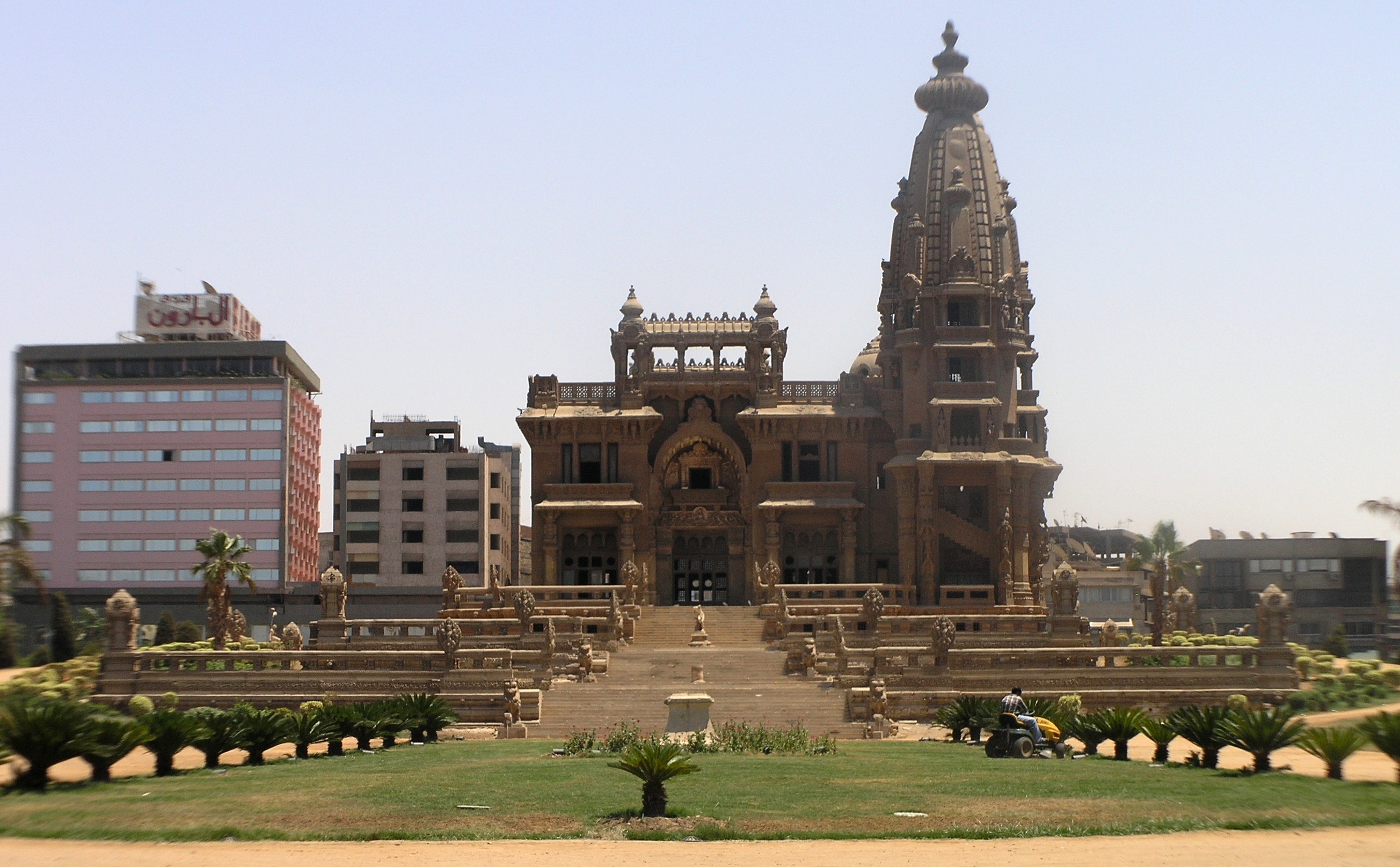
The Egyptian Antiquities Ministry’s head of the Islamic, Coptic, and Jewish Antiquities Sector, Gamal Mostafa, denied social media speculation claiming that the interior features of the Baron Empain Palace in Heliopolis would be changed during restoration work.
During a phone-call with the al-Hekaya (The Story) TV show on Sunday Mostafa slammed the rumors, saying “What is being said about the removal of the drawings in the ceilings and the demolition of the internal columns, is inconceivable and illogical.”
Controversy first spread on social media following the circulation of palace restoration work photos showing the bricks being repainted into a reddish-brown color.
“This color was studied, and is the original color of the palace,” he said, stressing that the restoration work is done according to previous studies conducted on the palace’s history.
Mostafa added that a team from the Antiquities Ministry is carefully following the restoration work on a daily basis, approving all details.
The Arab Contractors Company, commissioned by the Engineering Corps of the Armed Forces in cooperation with the Ministry of Antiquities, began work on the development and restoration of the Baron Empain Palace in July 2017.
The initial renovation work cost was set at LE113.738 million, funded by the Egyptian government.
The Baron Empain Palace is a unique architectural masterpiece built by Belgian millionaire Edouard Louis Joseph, the Baron Empain, who came to Egypt from India at the end of the 19th century. The palace is located in the heart of Heliopolis in Cairo, and lays on an area of about 12.5 thousand meters.
The palace is carefully designed so the sun can enter the rooms from all sides. The Baron’s room includes a detailed painting depicting the wine making process.
The Baron Empain’s inspiration for the palace came from the Angkor Wat Temple in Cambodia and the Hindu Orissa temples. Completed in 1911, it was designed by French architect Alexandre Marcel and decorated by Georges Louis Claude.




